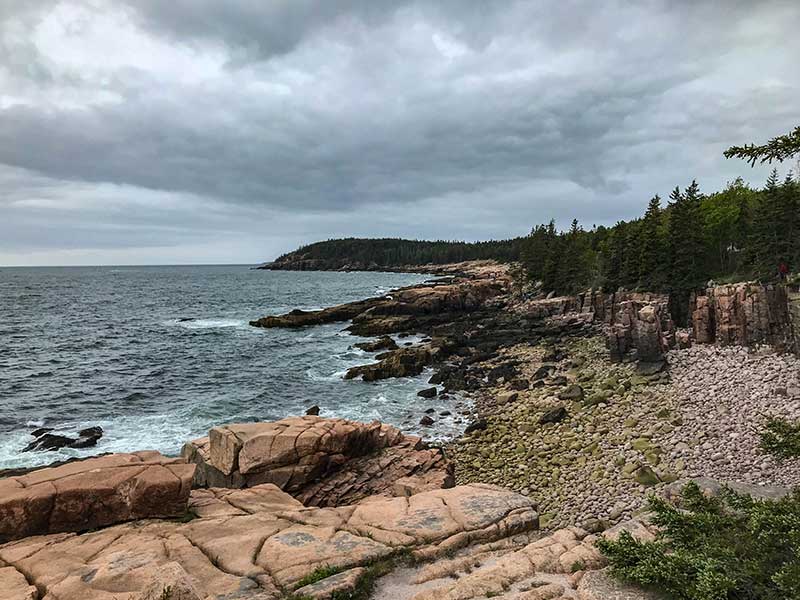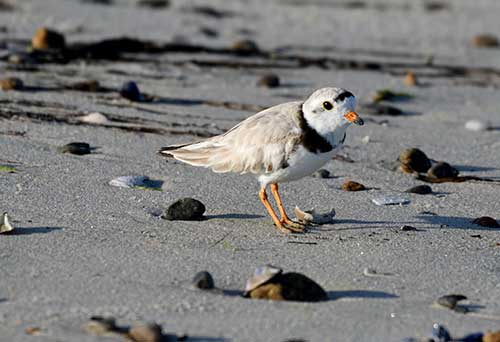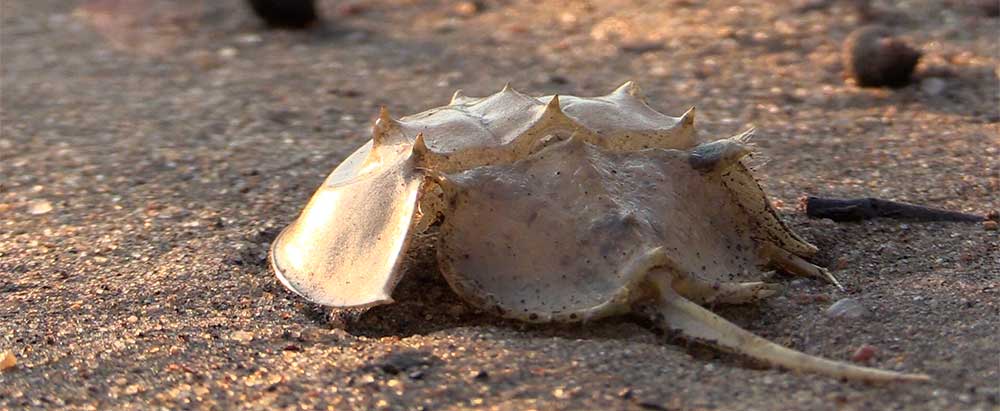Revised, June 2019

Introduction
The North Atlantic Coast Cooperative Ecosystem Studies Unit (NAC CESU) maintains and periodically revises several documents that serve to guide operations of the program in an efficient and productive manner. The Cooperative and Joint Venture Agreement describes the basic elements of a cooperative relationship, states the function of federal partners, non-federal partners and the host university, and provides a framework to transfer funds from federal agencies to non-federal partners. The Role and Mission Statement identifies the biogeographic scope and highlights the research, technical assistance and education disciplines that are addressed by the NAC CESU. The Strategic Plan identifies specific goals and actions proposed to be accomplished over a five-year period.
Each is a standalone document but intended to be reviewed collectively to gain a full appreciation for the purpose, activities and administrative operation of the NAC CESU. The Role and Mission Statement is presented here, periodically reviewed and revised as necessary.
About the North Atlantic Coast CESU
Brief History
The NAC CESU is part of a national network of 17 regional CESUs located throughout the US. This national consortium of multiple federal agencies and over 400 non-federal partners (e.g., universities, nonprofit conservation organizations, natural and cultural history museums, other entities) is among the largest of collaborative partnerships addressing natural and cultural resource stewardship in the US. With funding provided by federal agencies, the CESU Network engages academic and other non-federal researchers and students, in collaboration with federal agency scientists and managers, to address challenging issues that are confronting the participating federal agencies and the Nation.

Following a competitive process administered by the National CESU Council (composed of representatives from the participating federal agencies), the NAC CESU was established in June 1999 by cooperative agreement between agencies of the Department of the Interior (National Park Service and USGS) and the University of Rhode Island as host institution, with University of Maryland Eastern Shore, a Historically Black College and University, as a partner academic institution. The NAC CESU was a founding member of this national program. From a modest beginning the NAC CESU has expanded considerably as federal agencies recognized the extensive wealth of technical expertise that they could draw from and non-federal research entities were eager to join and showcase their particular strengths.
Partners
The NAC CESU includes 9 federal agencies, the Narragansett Indian Tribe, and 35 non-federal partners, including academic institutions and research or conservation-focused organizations. The non-federal partners are located throughout the coastal northeast.
Vision Statement
As part of a nationwide network of federal agencies, academic institutions and research or stewardship organizations, the North Atlantic Coast CESU focuses on natural and cultural resources of the coast as well as interior zones by engaging a wealth of scientific and technical expertise that will support innovative solutions to environmental and social issues that confront our nation’s coastal ecosystems.”
Mission Statement
The NAC CESU is charged with conducting research, providing technical assistance, offering opportunities for education and career advancement, and enhancing partnerships and cooperative approaches for addressing issues faced by federal agencies and the Nation. The NAC CESU will entail collaborations between the non-federal partners and federal agencies, with substantive involvement by the federal agencies in the conduct of research and other NAC CESU activities.
Biogeographic Scope

NAC CESU activities encompass the coastal and interior zones from Maine to Virginia and include the multiple ecosystems of coastal watersheds, including barrier islands, estuaries, ocean environments, salt marshes and freshwater wetlands, coastal ponds, terrestrial environments, among other natural features. Cultural resources, including historic landscapes and structures, archeological sites, battlefields, military installations, historic and heritage districts, cemeteries and other cultural features are integral to the NAC CESU biogeographic scope. Although research and technical assistance projects are mostly within the northeastern US coastal zone, NAC CESU activities and projects are also conducted within other regions, reflecting the broad expertise of the federal and non-federal partners.
Resource Management and Science Direction
NAC CESU research and technical assistance focuses on resource management issues. While the specific topics being addressed are many, it is clear that two major drivers are influencing most of the projects being identified and conducted by NAC CESU federal and non-federal partners – intense coastal zone development and climate change. In 2010, 39% of the nation’s population lived in the narrow fringe known as the coastal zone (NOAA, 2013. National Coastal Population Report: Population Trends from 1970 to 2020), with extreme high-density development in the coastal northeast. Regarding climate change, the region is faced with accelerating rates of sea level rise, increasing frequency and intensity of storms with associated flooding, warming temperature, and changing precipitation patterns, to mention just a few climate changes with associated environmental and cultural impacts. The coastal landscape and associated resources are responding to urbanization and climate change with many, often dramatic, changes to species distributions, shoreline processes, ecosystem structure and function, and the status of cultural resources.
The NAC CESU partners have expertise in a broad range of coastal and related issues that are of immediate relevance to the federal agencies. Examples of priority focus areas include:
- Climate change and developing effective adaptation strategies
- Water quality and quantity
- Coastal geomorphic change
- Conservation of biodiversity
- Wildlife management
- Invasive species management
- Ecosystem services
- Renewable energy assessment (wind, tidal, and wave)
- Vector-borne diseases and pests
- Habitat restoration
- Long-term monitoring
- Ecosystem modeling
- Environmental emergency response planning
- Socio-economic implications of resource management actions
- Relationship between natural and cultural resources
- Preserving historic and scenic viewsheds and cultural landscapes
- Archeological, historic and cultural assessments



